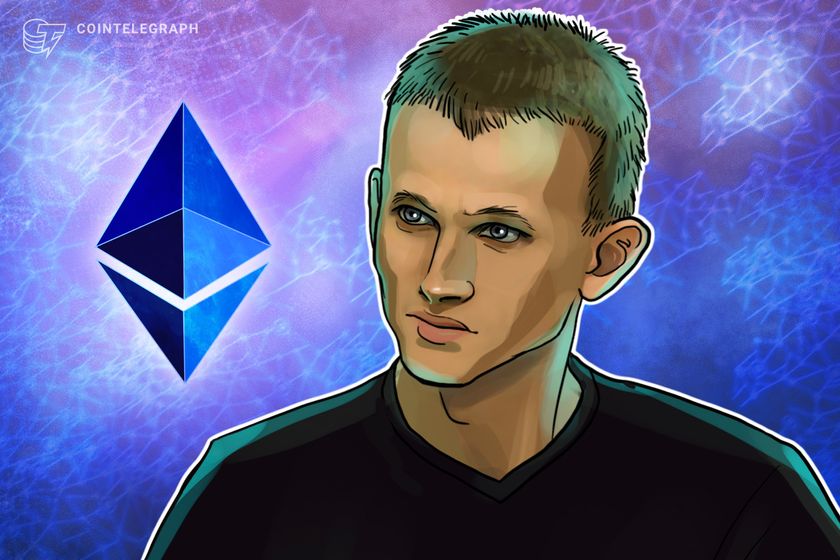

When Zach Ingrasci and Chris Temple had the idea to make the documentary film Vitalik: An Ethereum Story, they were actually filming another documentary, and over the course of their filmmaking journey, they ended up capturing both a deeper, human look at the world of crypto and an end product that serves as a use case for the future of crypto filmmaking.
When crafting a documentary, filmmakers will typically start with a vision of what they’d like to explore, a vision often saddled with a set of assumptions, only to shatter that vision once filming begins, creating an entirely new direction for the project.
It’s a creative evolution that filmmakers Zach Ingrasci and Chris Temple also experienced while making the documentary feature This Is Not Financial Advice, during which they realized they had an entirely different film on their hands.
“While we were making that film, we wanted to interview Vitalik Buterin,” Ingrasci said to me during a recent interview. “We got connected to him, but as soon as we met him, we were really inspired by his unique form of tech optimism and how he broke stereotypes we’d had of the crypto space. He was a billionaire but very humble, funny, quirky and truly committed to his values of decentralization. That was very inspiring for us — so much so, we thought we should make a piece about Vitalik or about the Ethereum community at large.”
But Ingrasci and Temple weren’t crypto-native filmmakers — rather, they were individuals interested in technology and communities using technology in new ways, and Vitalik and Ethereum just happened to check both of those boxes.
The human touch in tech
Ingrasci and Temple then went out and launched a non-fungible token (NFT) crowdfunding campaign, raising almost $2 million in 50 hours, allowing them to get started quickly in the summer of 2021 during the height of the NFT boom.
“It allowed us to own the film without being beholden to any stakeholder, platform or middleman who would otherwise be directing the content of the film,” Temple said. “It was an amazing opportunity to spend over two years following Vitalik — a global nomad — all around the world.”
Temple and Ingrasci followed Buterin to Ukraine, Montenegro, Toronto and Colombia, trying to understand the man behind the technology. They even spent time with Buterin’s father and his family members, diving into the history of his family emigrating from Russia to Canada.
“We wanted to understand how Vitalik’s upbringing had affected his values,” Temple said. “We spent time talking with folks in the Ethereum community, with Vitalik’s friends and others, trying to paint this deeper picture and understand how the creators of crypto technologies affect the end product. How are they coding their values, blindspots and interests into the end result?”
From the beginning, Temple and Ingrasci’s main goal was to create a piece that would be accessible to a mainstream audience, one that could help translate some of the values and interesting things they were seeing in the Ethereum community in a way that a non-crypto native person could understand.
But they didn’t really know what that meant or what it would lead to initially since they were following different stories and different people within the Ethereum ecosystem. As they were editing the documentary together, they started testing it with people who knew nothing about crypto, who, as expected, were very confused.
“It’s so difficult to create a documentary that’s accessible and entertaining for people who know nothing about the crypto space, but we saw very clearly in the feedback from these early screenings that when people could connect to someone — especially Vitalik, who is so likeable and inspiring — it creates an entry point to then get into these more abstract concepts,” Ingrasci said.
“We did not set out to make the film only about Vitalik, and I don’t think the film is only about Vitalik,” Ingrasci told Cointelegraph.
“Vitalik is our human hook, our human story about someone who is going to surprise you, break your stereotypes about crypto, and leave you a little more excited than you thought you would be after watching this film.”
According to Ingrasci, Buterin’s favorite scenes in the film were when he was drinking tea or making breakfast — being his normal, quirky, funny self.
“That’s what makes this film entertaining, watchable and human,” Ingrasci said. “When someone is willing to be natural on camera with us as filmmakers, it creates a much more human story rather than this very intellectual version of Vitalik that we were already very aware of.”
Related: Institutions break up with Ethereum but keep ETH on the hook
Developing a crypto use case for film
During the filming of Vitalik, Buterin’s father talked to the filmmakers about how, growing up, Buterin’s favorite toy was the computer, and his favorite thing was to play with Excel.
“When he was seven years old, he actually built a 100-page manifesto that was an imaginary world for bunnies,” Temple said. “It had their financial systems, energy systems and was full of graphs and tables — an amazing creation for a seven-year-old’s mind. I think to so many of the people we shared this with, it helps people connect to the world of Ethereum as a new world being built. If you can imagine Vitalik as a seven-year-old building this whole new imaginary world, that’s what he’s trying to build again with Ethereum.”
It’s all part of Buterin’s hope for Ethereum creating real utility in the world, something Ingrasci felt was epitomized when Buterin visited Ukraine.
“When he went to Ukraine, he was talking to the vice prime minister, Fedorov, and it quickly became apparent that the banking system at the beginning of the war was in shambles,” Ingrasci said. “Without crypto, thousands of lives in the military would have been lost because crypto was able to get money very quickly to the front lines and was able to mobilize across borders, raising over $130 million for Ukraine to resist this invasion. When Vitalik was there visiting Kyiv during the war, he got to see this thing he helped create being used in this incredibly important way, and that’s where that world-building came into reality. It was an emotional moment to witness just how powerful it was.”
In many ways it’s because Buterin is simply a child at play, tapping into his inner youthful creativity, only now with an adult mind and body and the relationships and resources to execute on his ideas.
“Vitalik has said he’s a builder and a thinker first and foremost,” Temple said. “An interesting tension for him during filming was how people looked to him to be something more, to be this leader and representative of the entire crypto movement. Throughout the film, he wrestles with how much to use his voice, how much to become a leader and how much to speak out against things he doesn’t always agree with. He eventually does decide to speak out against speculation and say that he doesn’t think Ethereum was designed to trade million-dollar monkeys and that there’s a lot more we can do to fix systems and help people.”
It’s a humanizing element of a pedestaled tech founder, epitomizing how at times we all struggle with speaking up on our values — especially when those values are different or run counter to the dynamics of our own social circles and society at large.
And that’s the power of Vitalik. The film is not just about crypto; it’s about the human stories that can resonate beyond the immediate environment the film is in — crypto just happens to be the backdrop.
Quite a bold story to tell by a couple of “non-native” crypto filmmakers.
“We’ve actually used crypto for a lot of elements in the distribution process for this film, which is exciting because the documentary space is broken,” Ingrasci said. “For an independent documentary to happen, it’s just so difficult these days. A lot of streamers have a lot of control over the film you ultimately make, but because we were able to crypto-crowdfund in the beginning on Mirror, we were able to have creative control over the film.”
Related: Dark Knight & Superman writer launches AI-powered crypto film universe
Ingrasci and Temple executed a movie trailer drop through Zora and an early onchain release of the film this past September on Bonfire, both powered by Web3, which helped raise the funds the duo is currently using to market the documentary to mainstream audiences.
“A lot of independent filmmakers have zero marketing budget; there’s very little money in documentaries. But instead [because of our crypto-crowdfunding], we’re able to really make sure the trailer, the message and the film gets out there.”
In this way, Ingrasci and Temple have created a sub-narrative around the making of a film using crypto-native tools, providing a real-world use case for other filmmakers on how they, too, might find success by utilizing blockchain platforms for the creation of their own film projects.
“I think there’s so much potential for these tools to have a big impact on filmmakers, though we’re still at the beginning,” said Ingrasci. “It’s still difficult to understand, and the complexities are not abstracted away enough. The short initial onchain release of the film — while a testament — was very difficult for people who were not in crypto to access it.”
But ultimately, the decentralized theatrical release of the film occurred in 24 countries and 30 cities all around the world, all on the same night.
“At the premiere in New York where we were, somebody came up to me and was, like, ‘I feel like I can share this with someone, and they’ll finally understand what I do for a living and why I do it,’” Temple said. “Those kinds of reactions — the ‘I feel seen’ and ‘I feel understood as a technologist’ — as a filmmaker, hearing those reactions from people who are trying to build new systems is the dream.”
For Ingrasci and Temple, the dream continues to evolve, with their film now available all around the world on mainstream platforms such as Apple and Prime Video.
“If the goal is to be able to make a film you can send to your mom — while she might not understand what Ethereum is, she’ll understand why you’re interested in this thing — so I think we did that,” Ingrasci said.
“Vitalik believes technology can be used to make our lives better, especially today when there’s a lot of polarization and cynicism surrounding blockchain tech and questions around if it’s worth it. If we use these technologies in good ways and invest the energy into finding real use cases for them, it can make our lives better, and Vitalik showed us these are questions worth asking.”
Magazine: 3 reasons Ethereum could turn a corner: Kain Warwick, X Hall of Flame
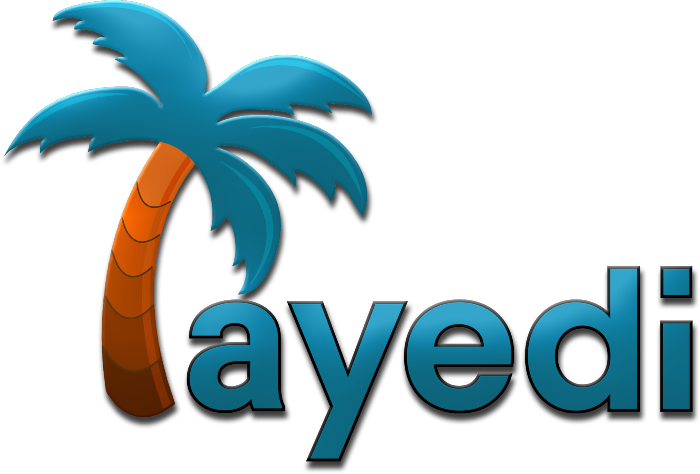
 1 month ago
30
1 month ago
30
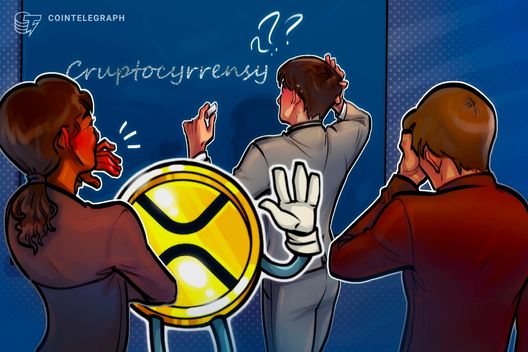
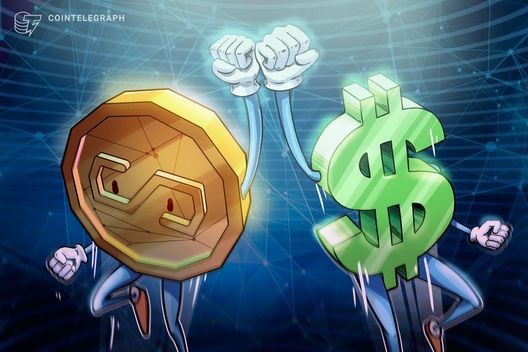




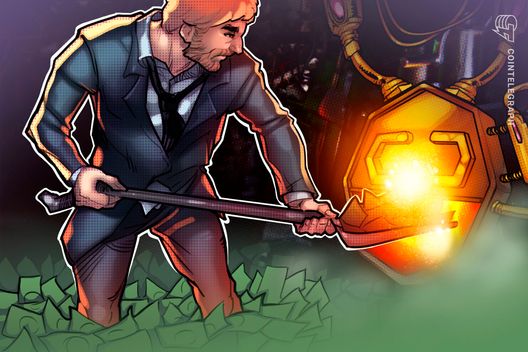

 English (US) ·
English (US) ·